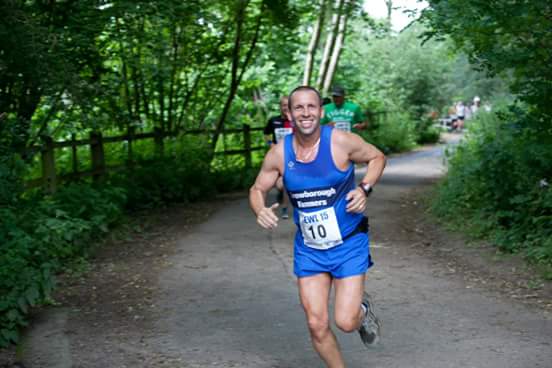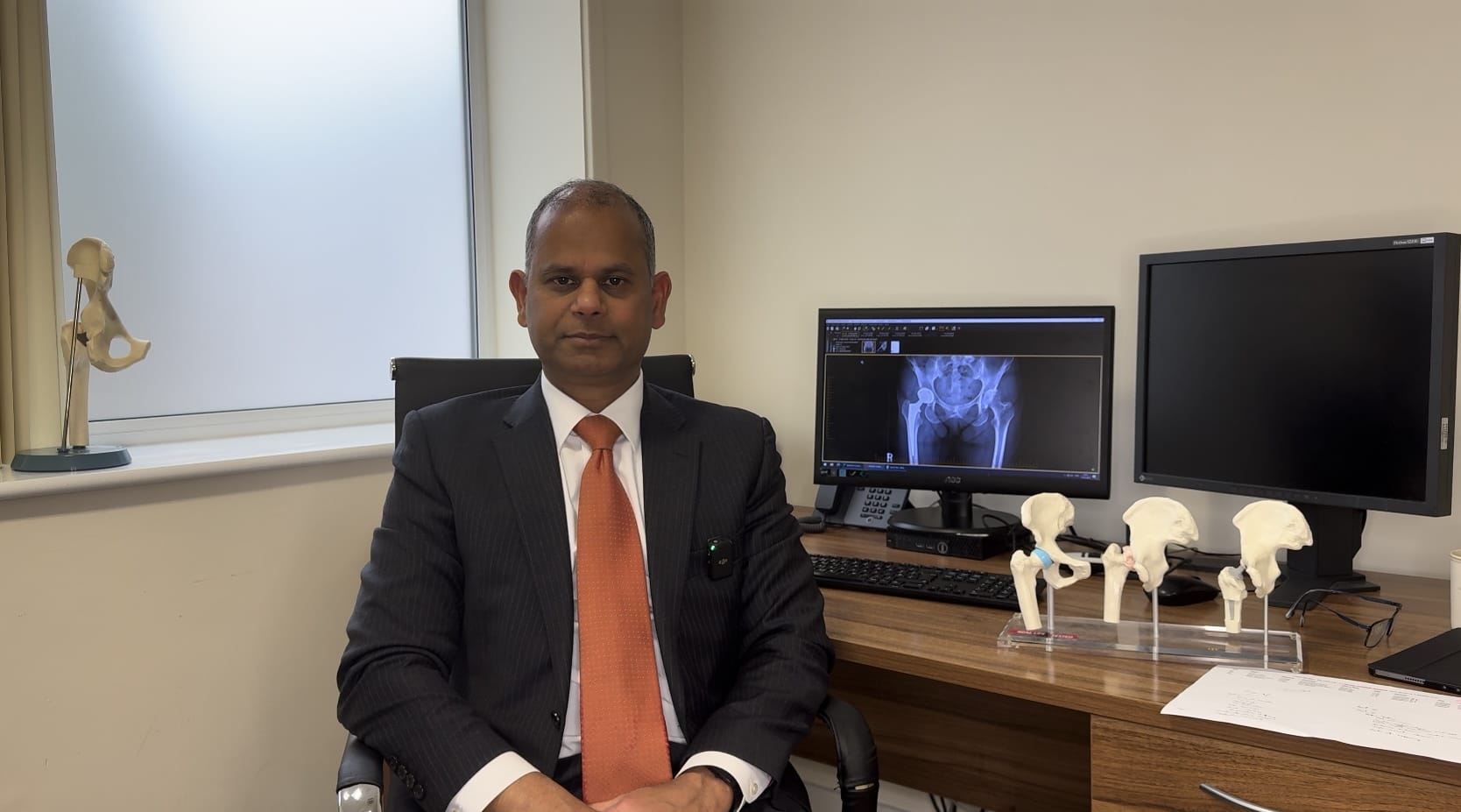In this informative video, Consultant Orthopaedic Surgeon Mr Senthil Velayudham shares helpful steps to prepare for hip replacement surgery. From improving fitness and managing weight to planning your recovery space at home, his expert advice can support a smoother recovery.
Preparing for a minimally invasive hip replacement
Minimally invasive total hip replacement under an enhanced recovery program is a highly successful procedure, allowing the patients to return to a good level of activity after the surgery. Preparation is a key component of the enhanced recovery program.
Once the decision is made to go ahead with minimally invasive hip replacement, it is important for the patients to optimise their general health. Conditions such as diabetes mellitus, high blood pressure or low hemoglobin must be optimised prior to the surgery.
It is important to stop smoking. It is important to restrict alcohol intake to the recommended limits. These are to reduce the risks of complications such as chest infection, prevent wound infection, et cetera.
Specific to the hip replacement, it is important to do regular hip muscles and core muscles strengthening exercises. This not only helps to control the pain but also allows better recovery after surgery. The patients might need help from physiotherapists to do the exercises within pain limits.
Weight reduction is important if necessary. This again, is to reduce the risks such as blood loss, infection, deep vein thrombosis, and general complications.
Avoiding infection is very important. Any infection is to be treated promptly prior to the surgery, otherwise it increases the risk of infection in the joint and delays surgery sometimes.
Planning your recovery
Preparing your home to return after a hip replacement is very important. Lots of information is available on our website to help you with this. Understanding the procedure and preparation helps the patients to confidently navigate through the journey.
Early mobilisation is a key component of enhanced recovery program following minimally invasive total hip replacement. As soon as sensation returns in the leg and patients get good control of the leg; they're encouraged to do exercises in bed. This helps to reduce the swelling and pain around the hip. Also, when they get up the first time with the help of staff and aid, the chance of a drop in blood pressure is also minimised. Early mobilisation and doing regular exercises help to achieve the best possible results.
Little and often exercises is key. Prolonged period of rest or exercise might increase the chance of pain around the hip.
At two to four weeks, patients can start doing low impact exercises, such as swimming or static back exercises. Gradually, they can increase the intensity of these exercises. In my opinion, it is better to wait at least six months before returning to high impact exercises, such as running. This is to allow better incorporation of the prothesis within the bone.
In my experience, having observed more than 6,000 minimally hip replacements under my care, most patients seem to recover gradually. Some patients make a very swift recovery returning to activities and driving in two to three weeks. Some patients might be a bit slower to start with, but eventually they make very good progress. At three to six months, more than 95% of the patients gain good or excellent outcome following minimally invasive hip replacement.
Book a consultation with The Horder Centre
If you are experiencing significant hip pain and want to discover the treatment options available to you, book a consultation with The Horder Centre. Our team is on hand to support you through the treatment process, from your initial consultation to any aftercare you may need.
We provide outstanding patient experiences
The Horder Centre is an award-winning Centre of Excellence that offers patients a unique therapeutic environment. Specifically designed for orthopaedic surgery, our facilities include a physiotherapy inpatient gym and courtyard gardens designed by clinical experts to enhance recovery. Finance options available.
Read our patient testimonials
Find out what it’s like to be a patient, from the people who matter the most.






